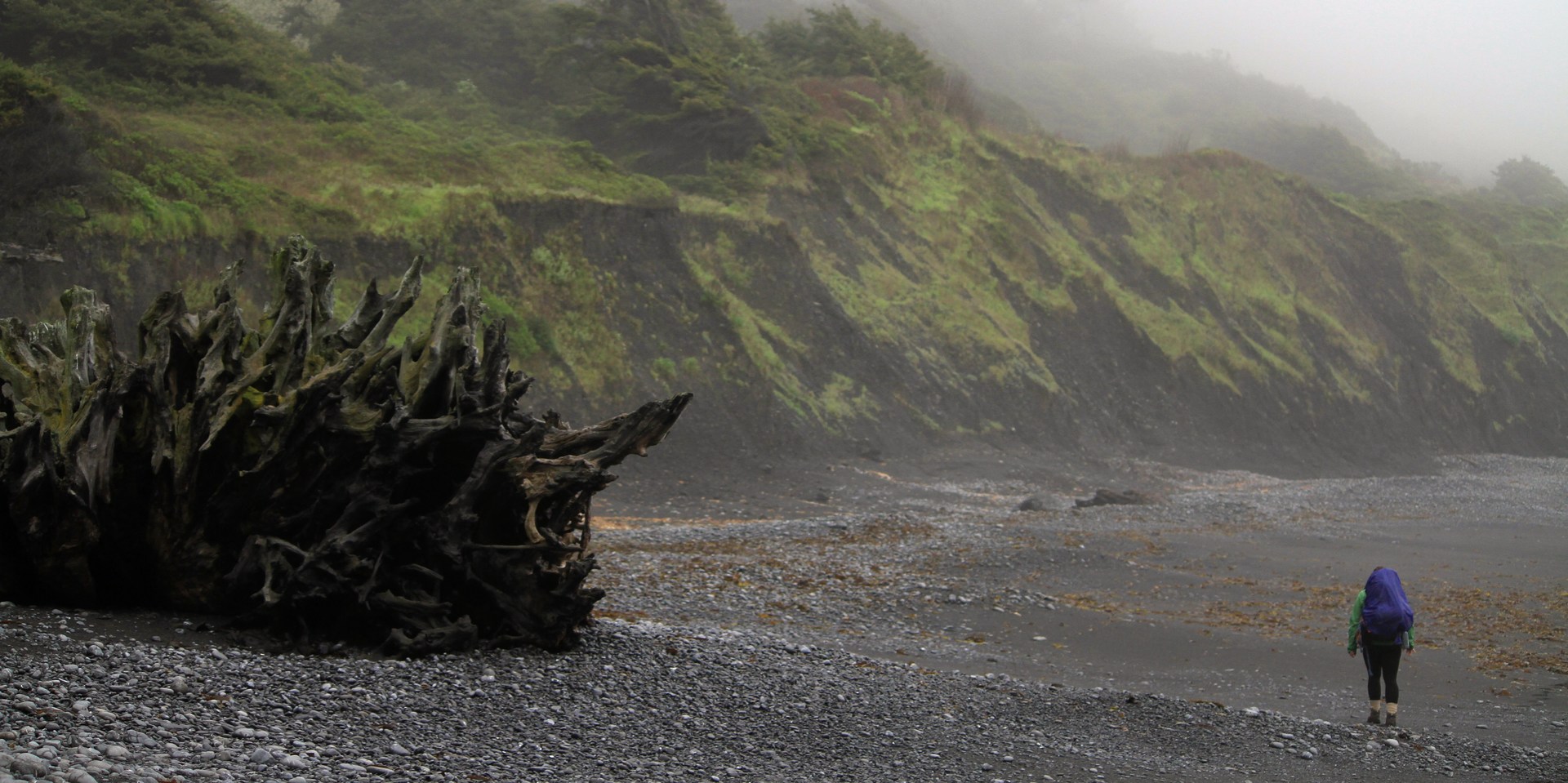You are here
You know what they say—April showers bring May flowers, but that’s no reason not to plan a camping trip this spring. Up and down the West Coast and throughout much of the country the springtime is notoriously wet, but with the right gear and preparation you can get a good night's sleep under the stars—well, clouds—in even the dampest conditions.
Read the forecast and prepare for the worst.
The most miserable conditions are when you get caught unprepared. Even when there is the slightest chance of precipitation, you will be patting yourself on the back if you are smart enough to waterproof your kit ahead of time.
Use synthetic gear
From your sleeping bag to your puffy jacket to your tighty whities—leave the cotton, down, and other organic fibers at home (except for wool, although I personally prefer fleece). As most hikers know, synthetic down is a little less warm than goose feathers, but it’s worth sacrificing a little warmth because it holds up much better in damp conditions. Cotton is slow to dry and barely wicks moisture off the skin.
Rain gear goes a long way
A rain jacket is a no brainer, but investing in rain pants and gaiters will help you stay dry from head to toe.
Waterproof your gear
Even though synthetic fibers stay warmer when wet, it’s definitely preferable to keep them dry in the first place. You can easily—and cheaply—keep things in your pack from getting wet by packing them inside garbage bags before packing them into your bag. If you want to get fancy, you can also invest in a backpack cover or waterproof sacks at your local retailer or from a variety of brands online.
Stay high and choose your campsite wisely
- When it’s time to pitch a tent, avoid areas close to creeks or where water looks like it has run through. If possible, choose an elevated spot so water doesn’t pool under or around your tent.
- If you are car camping or have a little extra room in your pack, bring a tarp to hang from the trees above for added shelter from the rain. You can also pitch a tarp over a cooking area to minimize your exposure to any drizzle, and if your gear does get wet, it’s nice to have a place to hang things to dry.
- Speed is your friend--you can never tell in the backcountry if the weather is about to get better or a whole lot worse. If the forecast looks like rain might be likely and you aren’t familiar with your tent, practice assembling it ahead of time so you don’t have to figure it out during a downpour. This is also when those extra trash bags are handy for keeping the water off your clothes as you pull the tent out of the bag.
- Your rainfly should be pulled tight as you stake it down. Sags in the fabric will cause water to pool in one area.
- Ventilate your tent. This seems counterintuitive, but it’s likely to get a little steamy in there as you sleep. You might want to have a camp towel handy to sop up any leaks or condensation.
- Leave your backpack, boots, and waterproof layers outside the tent under the rainfly to avoid bringing in the rain.
- Don’t be tempted to use your campstove in your tent or under the rainfly. This is actually extremely dangerous and at the very least could ruin your tent and camping equipment if you don’t inhale the gases or harm yourself. If you don’t have a tarp or shelter, try to cook under trees or bushes. Use your body or hold up rain gear to keep your stove dry.
Roll with the punches and have fun
If you come prepared and see a rainy camping trip as an adventure rather than a misfortune, you are more likely to have a great time out there. As much as you prepare, you're bound to get a little bit wet. Camping in the rain isn’t everyone’s cup of tea, but for some of us, falling asleep to the sound of rain pitter-pattering on our tents sounds like peace on earth.
For more on this topic, check out It's Time to Get Your Feet Wet.





Comments
Sign In and share them.